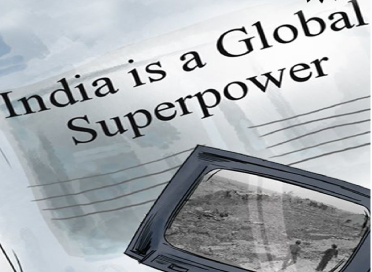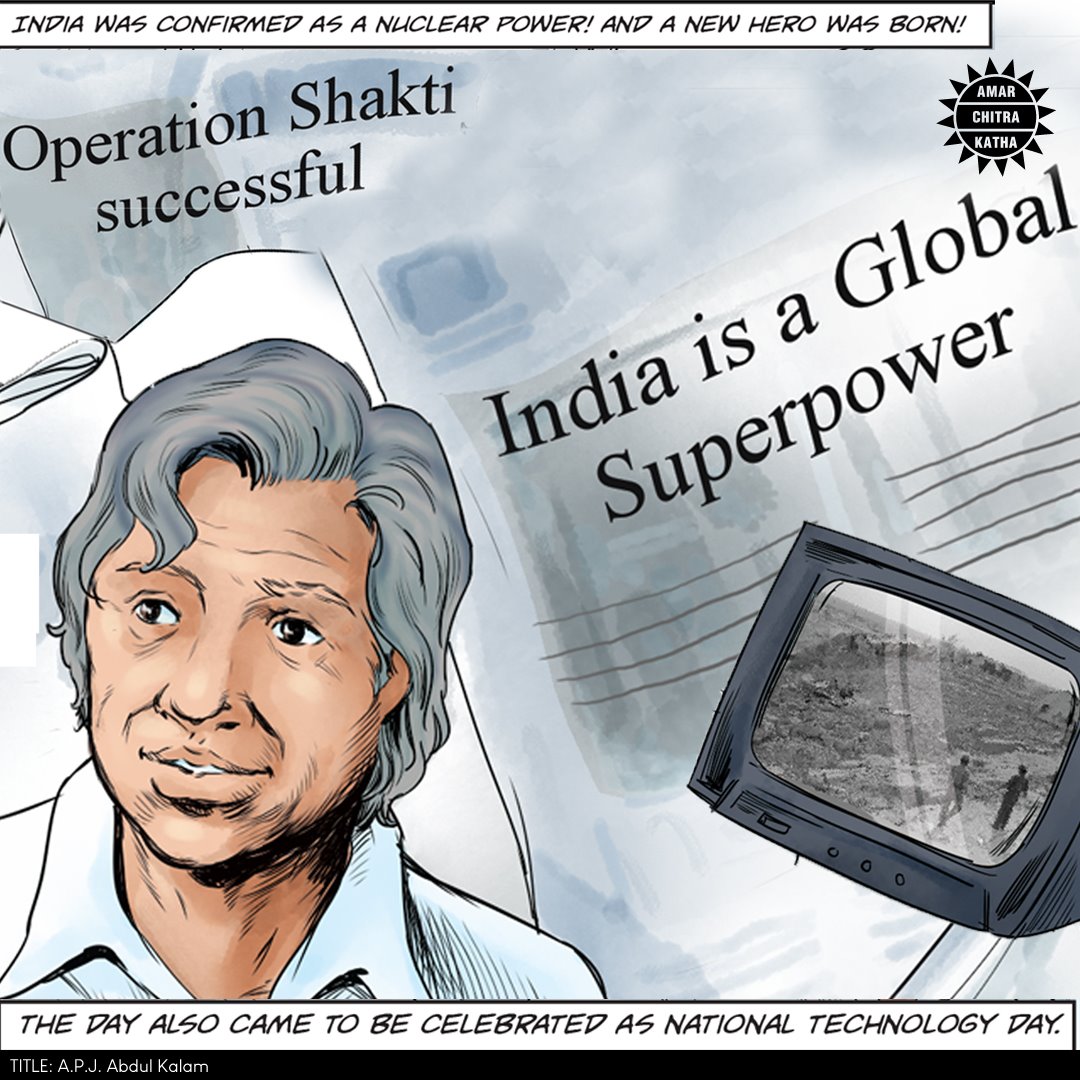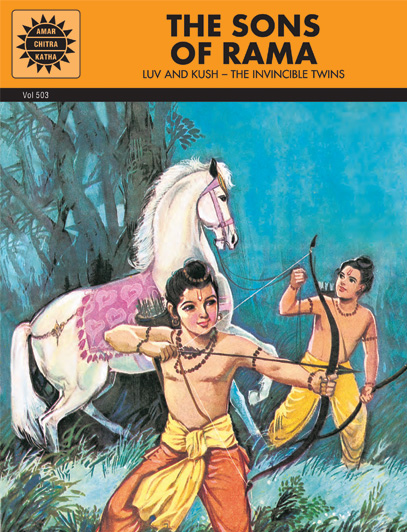India Goes Nuclear
- May 11, 2020


India Goes Nuclear
- May 11, 2020
Over two decades ago, former Indian Prime Minister Atal Bihari Vajpayee discussed a top-secret mission with Kalam, then India’s chief scientific advisor. The mission was to make India more secure with nuclear weapons. Kalam immediately started working on Operation Shakti. To keep the mission confidential, Pokhran, an army range, was selected as the site of the experiment. The scientists involved in this mission were given army identities and uniforms.

The preparations for the tests were conducted underground in the dead of the night in absolute secrecy. The equipment used to dig the shafts was shifted back at daybreak and the shafts concealed during the day. Every precaution was taken so that satellites would not detect unusual activity in the range. In fact, the earth dug out was piled up to mimic sand dunes.
On May 11, 1998, three nuclear devices were detonated. Operation Shakti was a resounding success. The day was etched in the history of India as National Technology Day.
To receive more such stories in your Inbox & WhatsApp, Please share your Email and Mobile number.
Amar Chitra Katha pays tribute to the phenomenal scientists, engineers, and our very own missile man, A. P. J. Abdul Kalam, for their contributions and achievements in making India a global superpower.
To receive more such stories in your Inbox & WhatsApp, Please share your Email and Mobile number.

Comic of The Month
The Sons of Rama
The story of Rama and Sita was first set down by the sage Valmiki in his epic poem 'Ramayana.' Rama was the eldest son of Dasharatha, the king of Ayodhya, who had three wives - Kaushalya, Kaikeyi and Sumitra. Rama was the son of Kaushalya, Bharata of Kaikeyi and Laxmana and Shatrughna of Sumitra. The four princes grew up to be brave and valiant. Rama won the hand of Sita, the daughter of King Janaka. Dasharatha wanted to crown Rama as the king but Kaikeyi objected. Using boons granted to her by Dasharatha earlier, she had Rama banished to the forest. Sita and Laxmana decided to follow Rama. While in the forest, a Rakshasi, Shoorpanakha, accosted Laxmana but had her nose cut off by him. In revenge, her brother Ravana, king of Lanka, carried Sita away. Rama and Laxmana set out to look for her and with the help of an army of monkeys, defeated Ravana. On returning Ayodhya after fourteen years of exile, Rama banished Sita because of the suspicions of his subjects. In the ashrama of sage Valmiki, she gave birth to her twin sons, Luv and Kush.